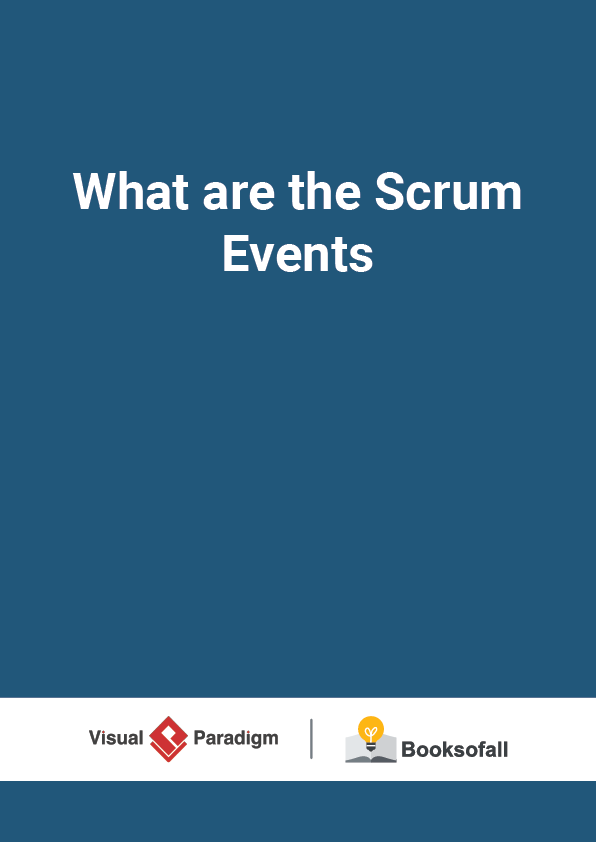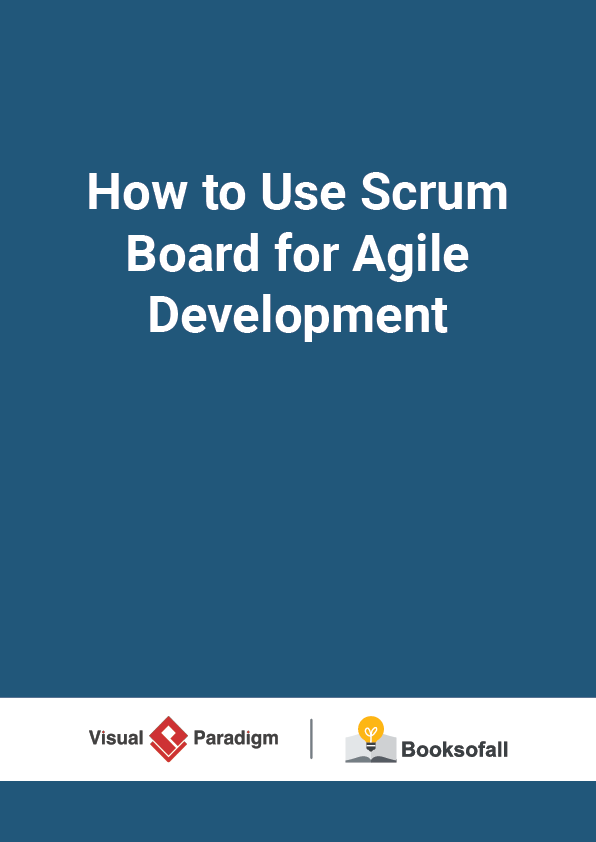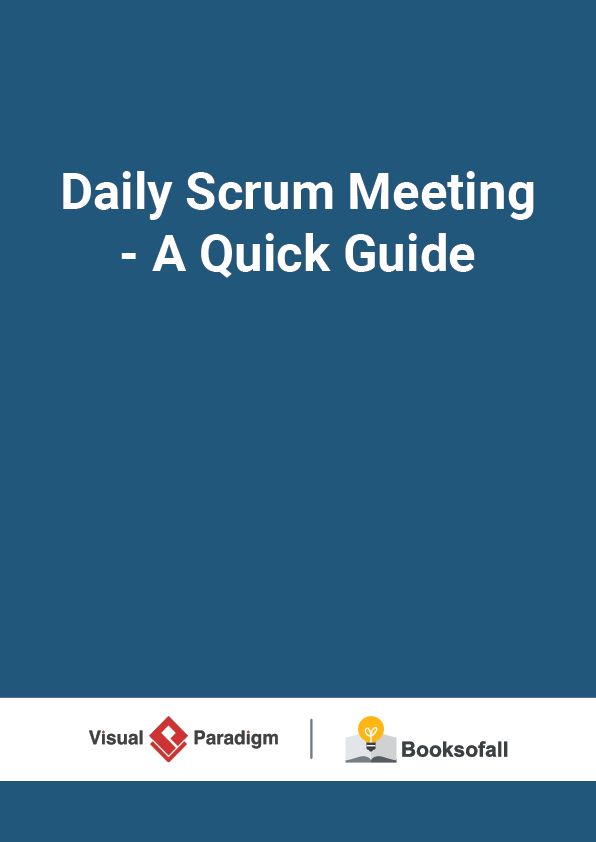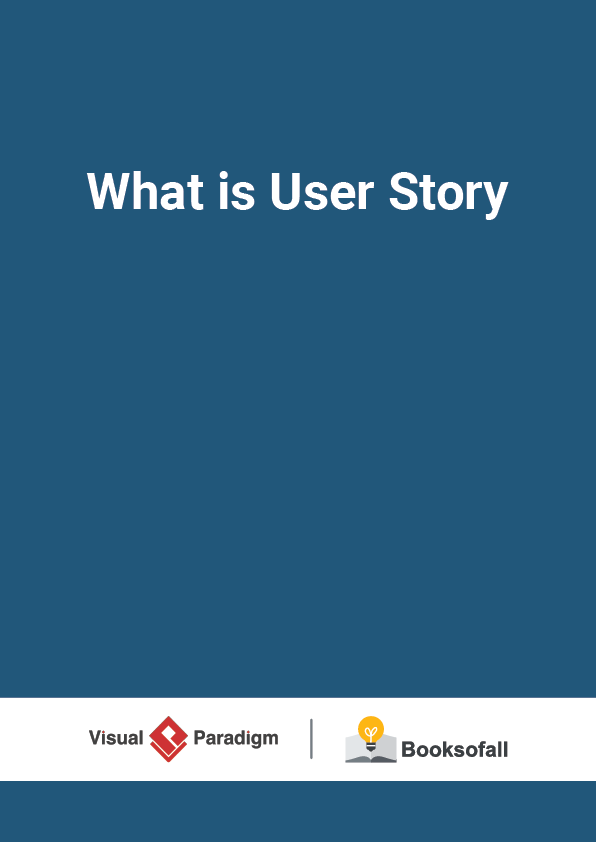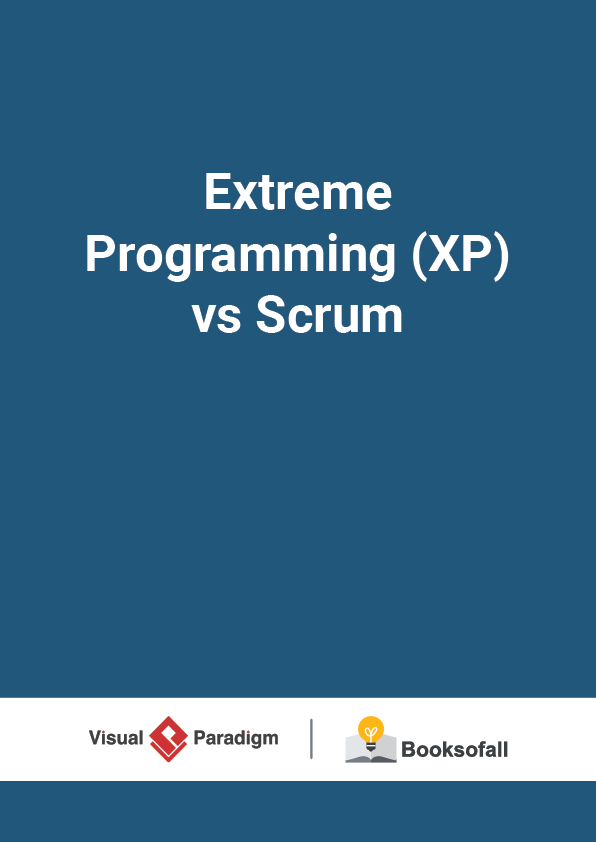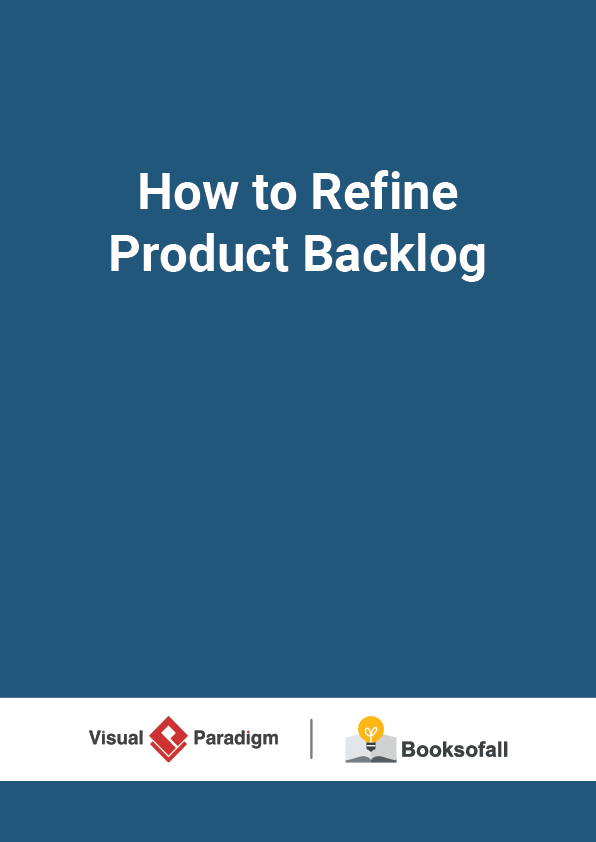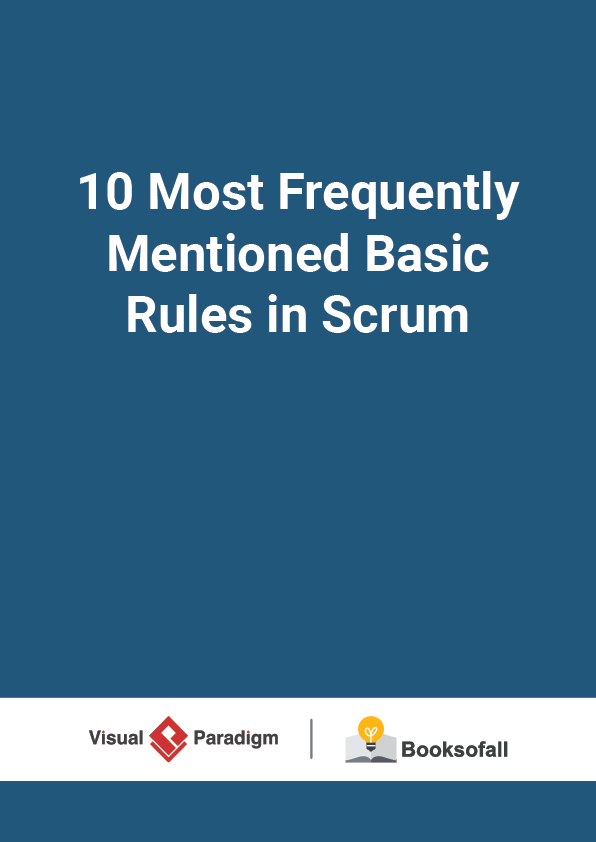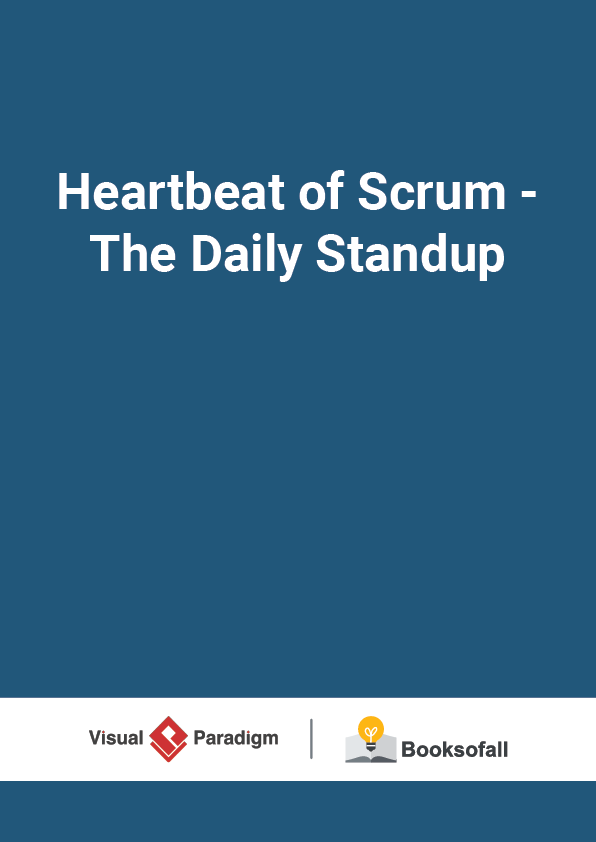What are the Scrum Events?
5-6 minutes
The Scrum framework consists of Scrum teams and their associated roles , events, artifacts , and rules, with each component within the framework serving as a specific purpose and is essential to Scrum’s success and usage.
Scrum roles, artifacts, events
Scrum Roles
Scrum specifies three major roles that play a part in the Scrum Team: Product Owner , Scrum Master , and Development team member. Besides these roles, you should also expect to have Stakeholders such as Business Analysts in larger organization. The Scrum framework requires four roles:
- Product owner : The person with the product vision
- Scrum master : The Scrum expert who helps the team build the product according to the Scrum framework Development team : The team members who execute the work
- Stakeholders : The people, who have genuine interest in the Product, keep reviewing the team’s products and progress and keep providing continual feedback.
These individuals share different tasks and responsibilities related to the delivery of the product. Scrum describes this as a self-organizing and cross-functional team.
Scrum Events
But who attends what event in scrum? Detailed below are the five events:
- Sprint planning : A time-boxed event occurs at the beginning of a sprint where the team determines the product backlog items they will work on during that sprint.
- Daily scrum : A is a 15-minute time-boxed event for the Development Team to synchronize activities and create a plan for the next 24 hours.
- Sprint review : A time-boxed event holds at the end of the Sprint to inspect the Increment and adapt the Product Backlog if needed.
- Sprint retrospective : A time-boxed event for providing an opportunity for the Scrum Team to inspect itself and create a plan for improvements to be enacted during the next Sprint.
Scrum artifacts : Scrum’s artifacts represent work or value to provide transparency and opportunities for inspection and adaptation. Artifacts defined by Scrum are specifically designed to maximize transparency of key information so that everybody has the same understanding of the artifact.
Increment : The sum of all the Product Backlog items completed during a Sprint and the value of the increments of all previous Sprints. Product Backlog : An ordered list of everything that might be needed in the product which is the single source of requirements for any changes to be made to the product. The Product Owner is responsible for the Product Backlog, including its content, availability, and ordering.
Sprint Backlog : The set of Product Backlog items selected for the Sprint, plus a plan for delivering the product increment and realizing the Sprint Goal . Product Backlog Refinement : Ongoing Product Backlog Refinement is normally taken place within each Sprint to refine items to be ready for future Sprints.
